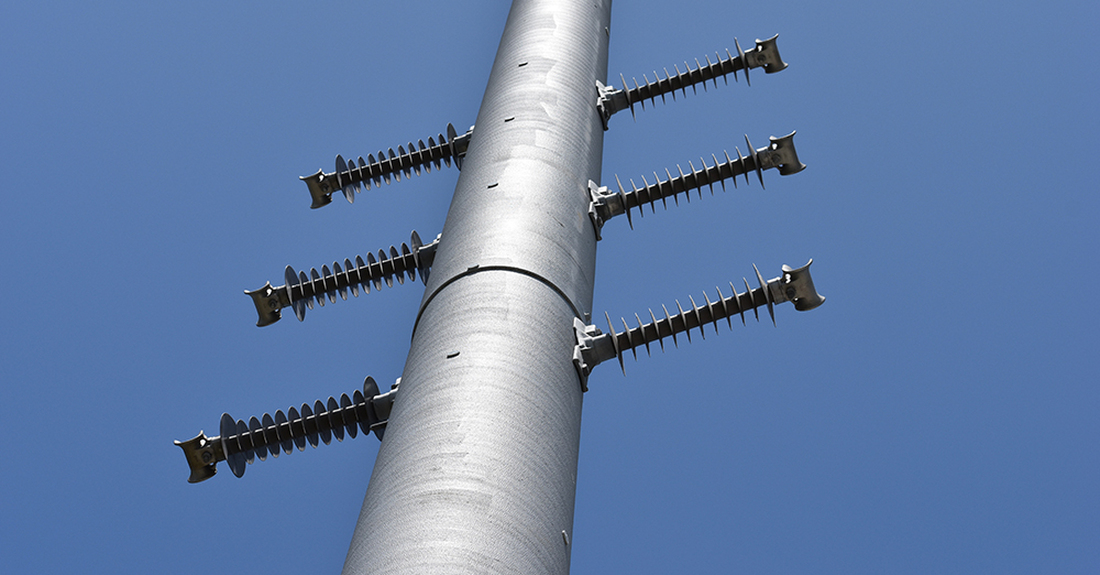
Utility poles play an important role in power distribution and communication services. The material of choice for these poles constantly improves as engineers and manufacturers strive to provide efficient and long-lasting solutions for utility infrastructure. Explore four advantages of using ductile iron utility poles over traditional materials, such as wood, steel, and concrete.
Lower Environmental Impact
Ductile iron poles have a lower environmental impact than conventional materials like wood or concrete. Ductile iron poles are manufactured from 96 percent recycled material and are 100 percent recyclable, making them a sustainable choice for utility projects.
Durability Enhances Sustainability
These poles have a longer lifespan, reducing a project’s overall carbon footprint. Ductile iron poles require fewer replacements, decreasing manufacturing processes that are a significant source of carbon emissions. Additionally, replacing poles less frequently leads to fewer transportation and installation operations, reducing carbon emissions associated with fuel consumption.
Lower Life Cycle Costs
A significant concern for utility companies is the total cost of ownership and maintenance of infrastructure, both the short- and long-term expenses. The durability of ductile iron utility poles means they incur lower life cycle costs for owners.
Ductile iron poles can withstand adverse weather conditions, and they’re impervious to pests and woodpeckers that can lead to untimely wear and tear in poles made from other materials. This resilience adds to the long-term savings, as it minimizes the chances of unexpected replacement or repair costs.
Simple Installation
Another advantage of using ductile iron utility poles is that they’re easy to install. You have the option to pre-drill ductile iron poles, or if you prefer, you can easily do the drilling yourself.
Many poles can be shipped fully assembled, while others come in just two pieces. The round and tapered design makes it easier for installers to position them correctly. Additionally, the installation process requires the same equipment as wood poles, so there’s no need to purchase extra tools. These features result in reduced installation costs, shorter project timelines, and minimal disruption for the surrounding community.
Low Maintenance
Lastly, ductile iron utility poles are low maintenance, further adding to the financial and operational benefits for their owners. Due to their corrosion resistance and high endurance against harsh weather conditions, they require less frequent pole inspections and maintenance. These low maintenance needs help utility companies save time and resources and reduce the potential risk of accidents or injuries from maintenance tasks.
As the demand for efficient and sustainable utility infrastructure continues to grow, industry professionals should consider installing ductile iron utility poles. Not only do they lower the environmental impact, life cycle cost, and maintenance needs, but they also provide efficient and simple installation options. By choosing ductile iron utility poles, utility operators can ensure the long-lasting and cost-effective performance of their power distribution and communication systems.

